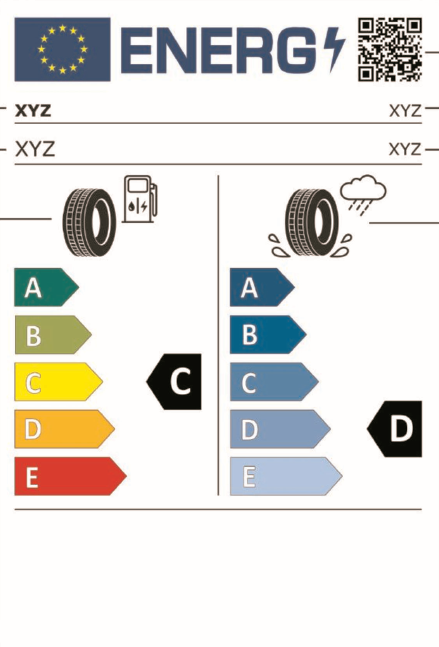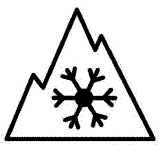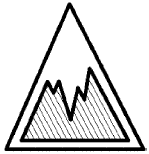EU Tire Label Regulations
EU tire labelling
Regulation EU 1222/2009 of the European Parliament and of the Council requires that all tyres produced after June 2012 and sold in the EU from November 2012 onwards must have either a sticker or a label attached at the point of sale. This label contains information on three important criteria that form the basis for assessing tyre performance: Wet grip, fuel efficiency and external noise. The scope of the new regulation includes tyres for passenger cars, light commercial vehicles and heavy trucks.
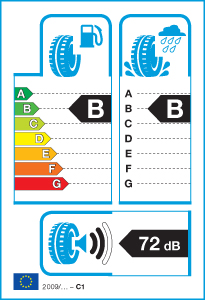
Wet grip
The most important task of a tyre is to provide safety - in all conditions. Wet grip is one of the most important performance characteristics. However, higher grip and lower rolling resistance are often conflicting goals that usually require a performance trade-off. Thanks to the new labelling requirement, customers can see and choose their preferred performance for themselves. The label displays a series of 7 classes, with tyres with an "A" offering the highest wet grip and those with a "G" the lowest.

Class D is not used for passenger cars. Any tyre that does not meet the standard for class C is classified as class E. There is also no class G for wet grip, so the lowest class is F. In an emergency situation, a few metres can make all the difference. For a passenger car making an emergency stop from 80 km/h, a set of class A tyres will come to a halt up to 18 metres faster than a set of class F tyres. **
**When measured according to the test methods laid down in Regulation (EC) No 1222/2009. Braking distances may vary depending on driving conditions and other influencing factors.
The labelling values shown are for illustrative purposes only. Values for a specific tyre line/size may vary.
Fuel efficiency
One of the forces that influence the fuel efficiency of a motorised vehicle is the rolling resistance of the tyres. If you choose tyres with high fuel efficiency, you can get more kilometres out of your tank and produce fewer CO2 emissions. This phenomenon exists because a tyre deforms when it rotates, which leads to energy loss in the form of heat. The higher the deformation, the higher the rolling resistance of the tyre and the more fuel is needed to move the vehicle forward. In other words, lower rolling resistance means lower fuel consumption and therefore lower vehicle emissions, including CO².
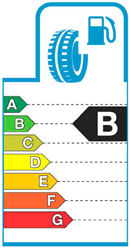
The label shows different levels in "rolling resistance", with A being the most efficient and G the worst in the class. The black arrow (in this case B) next to the rating indicates the performance level of the product. The D rating is not used for passenger cars. Any tyre that does not meet the standard for a C rating is classified as an E rating.
The difference between an A rating and a G rating can mean a reduction in fuel consumption of up to 7.5%. To put this in real terms, choosing A-rated tyres instead of G-rated tyres could save you more than 6 litres of fuel per 1000 kilometres.**
**When measured according to the test methods laid down in Regulation EC 1222/2009. Braking distances may vary depending on driving conditions and other influencing factors.
The labelling values given are for illustrative purposes only. Values for a specific tyre line/size may vary.
External noise
The EU rating measures the tyre's external noise emissions in decibels. Since many people are not familiar with decibel values, the noise class is also displayed. This categorises the tyre in relation to the upcoming European tyre noise limits. The exterior noise values are divided into 3 categories and are measured in decibels (dB) in comparison to the new European tyre exterior noise values.


1 black sound wave = 3dB less than the future stricter European limit value
2 black sound waves = already comply with the future European limit value
3 black sound waves = comply with the current European limit value
The labelling values shown are for illustrative purposes only. The values for a specific tyre line/size may differ.
The EU 1222/2009 Regulation has been revised and will be replaced by Regulation EU 2020/740 from 1 May 2021. New requirements will apply from that date.
Main points of the adapted Regulation EU 2020/740:
1. Changes to the label design
(QR code, ice handle pictogram, etc.)
2. Changes to the rating class
(fuel efficiency, wet grip, external noise).
3. Labels are also mandatory for category C3 tyres (truck and bus tires)
4. Authorised product information will be uploaded to the product database
5. Labels will also be mandatory for the retreaded tire category
6. Tire mileage and wear information will be added to the labels
Fuel efficiency
Updated fuel efficiency class from 'A' being the most efficient and 'E' the worst
Wet grip
Updated wet grip class from 'A' being the most efficient and 'E' the worst
External noise
ABC classification replaces sound waves
Snow grip
A tire which meets the minimum snow grip index values set out in UNECE Regulation No 117 shall be classified as a tire for use in severe snow conditions.
Ice grip
If a tire satisfies the relevant minimum ice grip index values, it must be labelled as such.
Ice grip tires are specifically designed for road surfaces covered with ice and compact snow, and should only be used in very severe climate conditions (e.g. cold temperatures). Using ice grip tires in less severe climate conditions (e.g. wet conditions or warmer temperatures) could result in sub‐optimal performance, in particular for wet grip, handling and wear.
Plese note that actual fuel savings and road safety depend heavily on the behaviour of drivers, and in particular on the following: — eco‐driving can significantly reduce fuel consumption; — tire pressure needs to be regularly checked to optimise fuel efficiency and wet grip; — stopping distances must always be respected.

